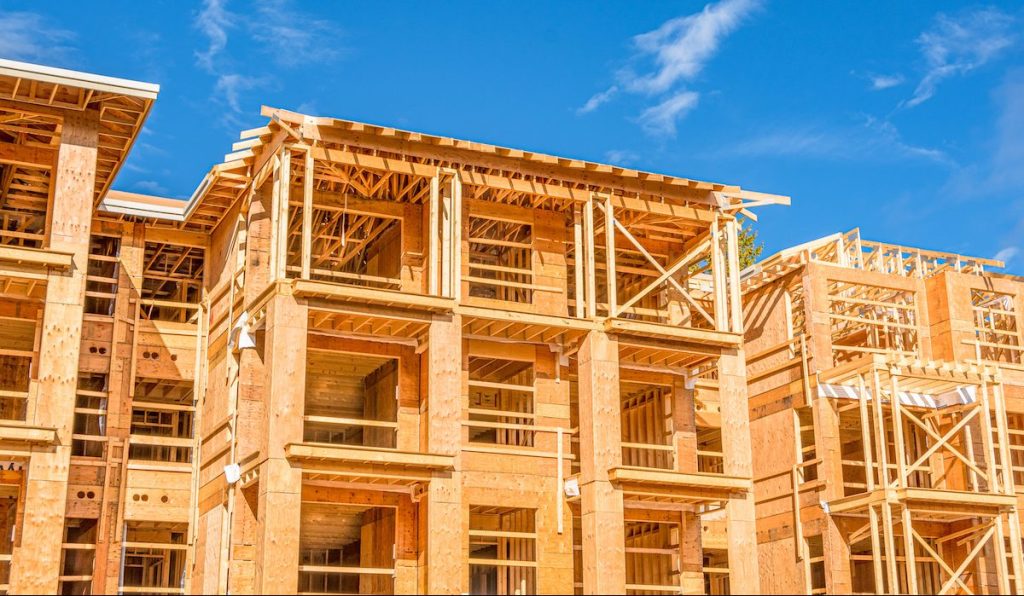Have we finally hit the limits of the massive boom in 5-unit apartment construction that has been a positive driver of jobs and the fight against inflation since January of 2021? Tuesday’s housing starts report was a mixed bag: housing starts and completions fell with a big hit to 5-unit housing starts. However, housing permits continued to slowly increase, as we’ve seen over the last several months.
What should we make of this report and what does it mean for the future of apartment growth?
From Census: Housing Starts: Privately‐owned housing starts in August were at a seasonally adjusted annual rate of 1,283,000.
Housing starts missed estimates badly today. Now, from time to time, we have crazy month-to-month data that exaggerates the housing starts data to the up or downside, which then gets revised higher or lower back to a more normal trend. The revisions in this report were positive.
A big reason for the huge miss was an epic collapse in 5 unit construction starts; as you can see in the chart below. It was such a big drop that I am skeptical of it. A lot of the time, future revisions make the increase or decrease less. However, even if that happens, I believe the housing boom in apartments has run its course.
The best way to deal with inflation is supply; this was my big theme late last year on CNBC when I talked about fighting shelter inflation with more apartments in 2023. The Federal Reserve has chosen to attack inflation in the short term by jacking up interest rates very fast, but if rates stay higher for longer it will eventually impact future production.
Construction loan rates have skyrocketed, and I believe we have entered the zone where there is no way we will finish all the 5-units under construction. The chart below shows we have a lot of five units under construction that won’t be finished. This is something we have to monitor over the next 12 months — not only from a lack of production but also the potential of losing construction workers from the lack of demand.
Housing permits have been rising for months. Why?
From Census: Building Permits Privately‐owned housing units authorized by building permits in August were at a seasonally adjusted annual rate of 1,543,000.
Housing permits have been growing for several months now, stopping the big decline we saw in 2022. Much of this is about new home sales growing double digits year over year and the builders feeling better about the future.
However, the builder’s confidence has recently fallen; they feel less optimistic about the future as mortgage rates rise. Remember, the big builders in America have a significant edge over the smaller ones. So, while they can lower rates to move products, not all builders are alike.
However, even with that in mind, the HMI data has given us insight into the builder’s mindset. They were very optimistic when rates fell, and demand grew but are now more cautious as mortgage rates near 21st-century highs.
New home sales are growing double digits yearly, and that explains the growth in single-family permits. I wouldn’t take the growth in 5-unit construction permits today seriously; right now, it’s all about whether the builders can sell more new homes to warrant more construction in the future.
Using higher rates to kill demand and prevent future supply is a tricky game. As we can see in the chart below, single-family permits are rising along with new home sales. Hopefully, this explains the rise in housing permits for months now.
Is the apartment boom over? Yes. While we saw some growth in 5 unit permits today, I would say ignore that, as the total permit growth has more to do with the single-family story. Construction loans are too high and more supply is hitting the apartment sector, which means the growth rate of rents is falling, making some deals not look good on paper.
The Fed talks about rates being higher for longer — at some point that means future production gets hit and we are in the early stages of seeing that in the apartment sector of the economy.






